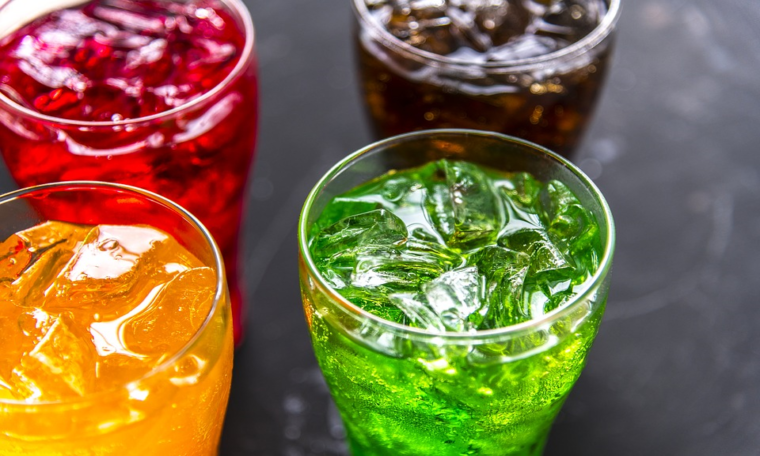
New restrictions on advertising in non-broadcast media of food and soft drink products that are high in fat, salt or sugar (HFSS) come into effect on 1 July 2017. These restrictions reflect the rules that are already in place for TV and, as such, BCAP’s rules are unchanged.
However, the process of developing CAP rules resulted in a new piece of guidance on identifying brand ads that are likely to have the effect of promoting an HFSS product. BCAP’s existing brand guidance was used as a basis for this work and BCAP itself played a part. As a result, BCAP decided in December to adopt the revised version, available here, which will come into effect alongside the CAP rules on 1 July.
Why cover brand advertising?
Simply, if it has a close relationship to a specific HFSS product, it could promote it indirectly. We want to ensure that BCAP’s rules remain effective in protecting children where there’s a reasonable likelihood an HFSS product is being promoted.
What do we mean by “brand advertising”?
Ads that feature products prominently make it easy for the ASA to decide whether to apply the HFSS rules on the basis of that product’s nutrient profile. The guidance helps the ASA in instances where products don’t feature or they’re not clearly identifiable and takes a pretty broad view on what branding can be. It’s not just company logos, it can apply to anything associated with individual products, ranges, companies or corporate entities.
What does it mean in relation to product references?
Ads featuring branding that this strongly product related are the main area of concern. Advertisers need to adopt a cautious approach.
- If an ad features product branding that is synonymous with an HFSS product, but not the product itself, the ASA is still highly likely to apply the restrictions.
- If it features a generic product that can’t be identified, the advertiser will have to satisfy the ASA that the range of products it relates to is mainly non-HFSS
- Incidental references to HFSS products (e.g. something in the background on a supermarket shelf) that aren’t related to what the ad is actually promoting are unlikely to render the ad an ad for those products.
- The guidance doesn’t apply to non-HFSS product ads or ads that feature non-HFSS branding, but advertisers need to be careful where they use branding that also relates to HFSS versions of a product or other products.
- Where branding synonymous with a range of products appears, the ASA is likely to expect advertisers to demonstrate that the products in the range advertised are mainly (>50%) non-HFSS.
What about company branding?
Company brands usually have broader identities than being synonymous with individual products. However, they are often “synonymous with” a range or ranges of products they manufacture or sell. If the range or ranges are mainly HFSS, the guidance allows for the advertiser to demonstrate to the ASA that they have sufficient identity beyond the provision of HFSS products; for example, by demonstrating a very close association with the provision of non-HFSS products or goods and services other than food and soft drink.
Is this a big change for broadcast advertising?
No. As we’ve seen above, there are already controls on HFSS brand advertising. However, some of the provisions have changed, so broadcasters and advertisers need to be alert to that.
More on
-
Keep up to date
Sign up to our rulings, newsletters and emargoed access for Press. Subscribe now.


